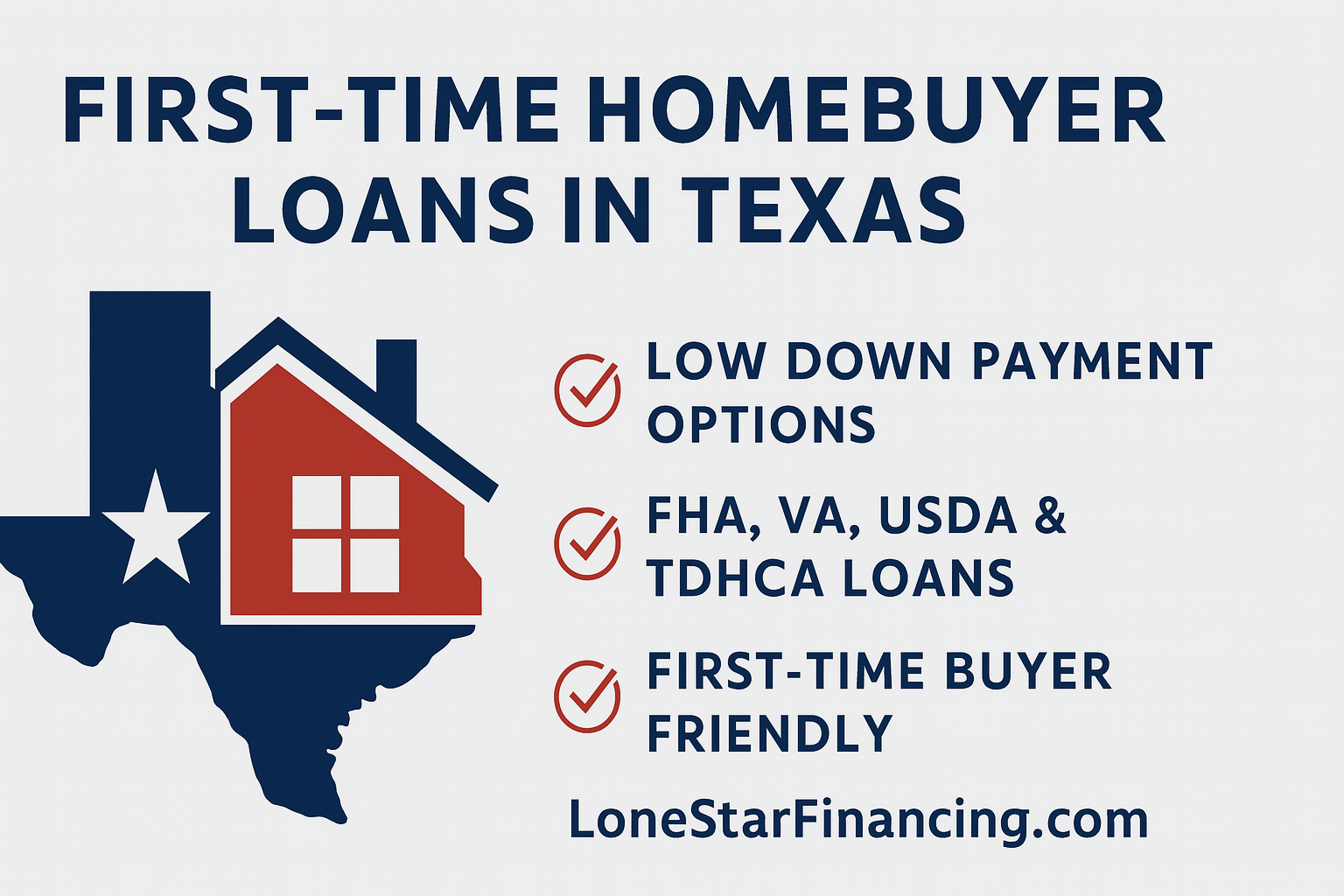
photo credit: Flik47 via canstockphoto.com
Potential homeowners who want to realize the dream of owning a home, but think it is out of their reach because they don’t have the down payment saved up or a high income, may still qualify for a mortgage. The U.S. Department of Agriculture’s Rural Development program provides opportunities for homeownership by guaranteeing no-down payment mortgages for low-income households. There are just a few requirements that must be met:
Live in the right area
To qualify for a USDA home loan, the property you are purchasing or improving must be in an eligible a rural area. The purpose of the program is to provide those with low to moderate incomes the chance to own their own home, and also to build up the quality of life in rural areas by creating cohesive, thriving communities. If you’re not sure if you live in an eligible area, the USDA provides eligibility information on their website.
Meet income requirements
Income requirements depend on your geographic location. The USDA provides a list of adjusted income limits on their website, organized by county. Because one of the goals of the program is to give low-income borrowers “the opportunity to own adequate, modest, decent, safe and sanitary dwellings as their primary residence,” the borrowed funds may also cover closing costs, new construction or renovations, and even essential services, like utility connections. For no \-down payment home loans, there is a minimum credit score requirement of 620.
Use an approved lender
The first step in determining your eligibility for a USDA home loan is to contact an approved lender, like Lone Star Financing, who can answer all your questions about USDA home loans. The USDA’s Single Family Housing Guaranteed Loan Program extends a guarantee to lenders who work with USDA eligible borrowers, to reduce the risk to lenders and increase the number of home buyers who can qualify.
Even if you don’t think you live in a rural neighborhood, you may be surprised to learn how many areas around you are eligible for this program. Visit lonestarfinancing.com today to learn more and to speak to a loan officer.
Source: United States Department of Agriculture: Rural Development



